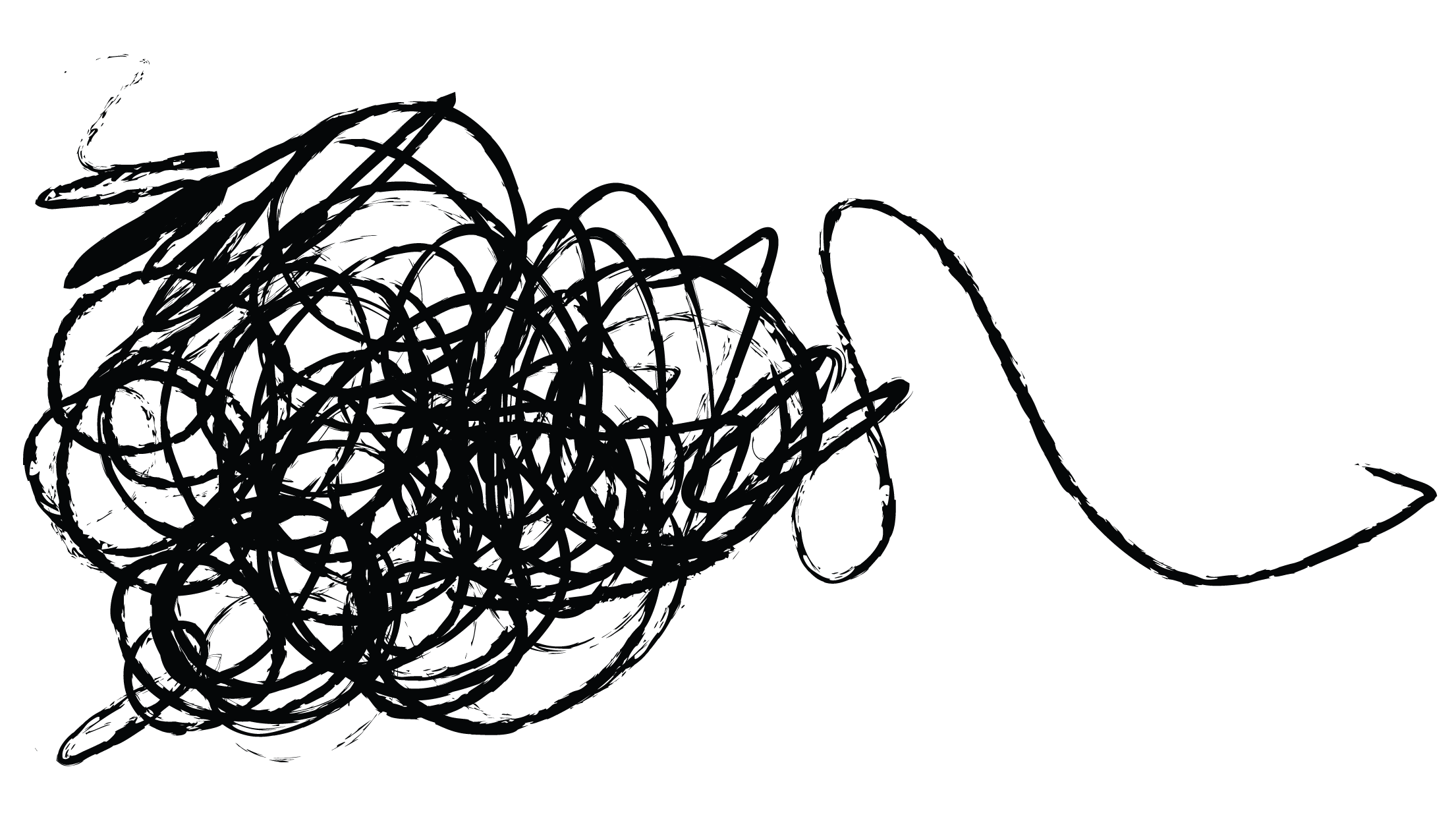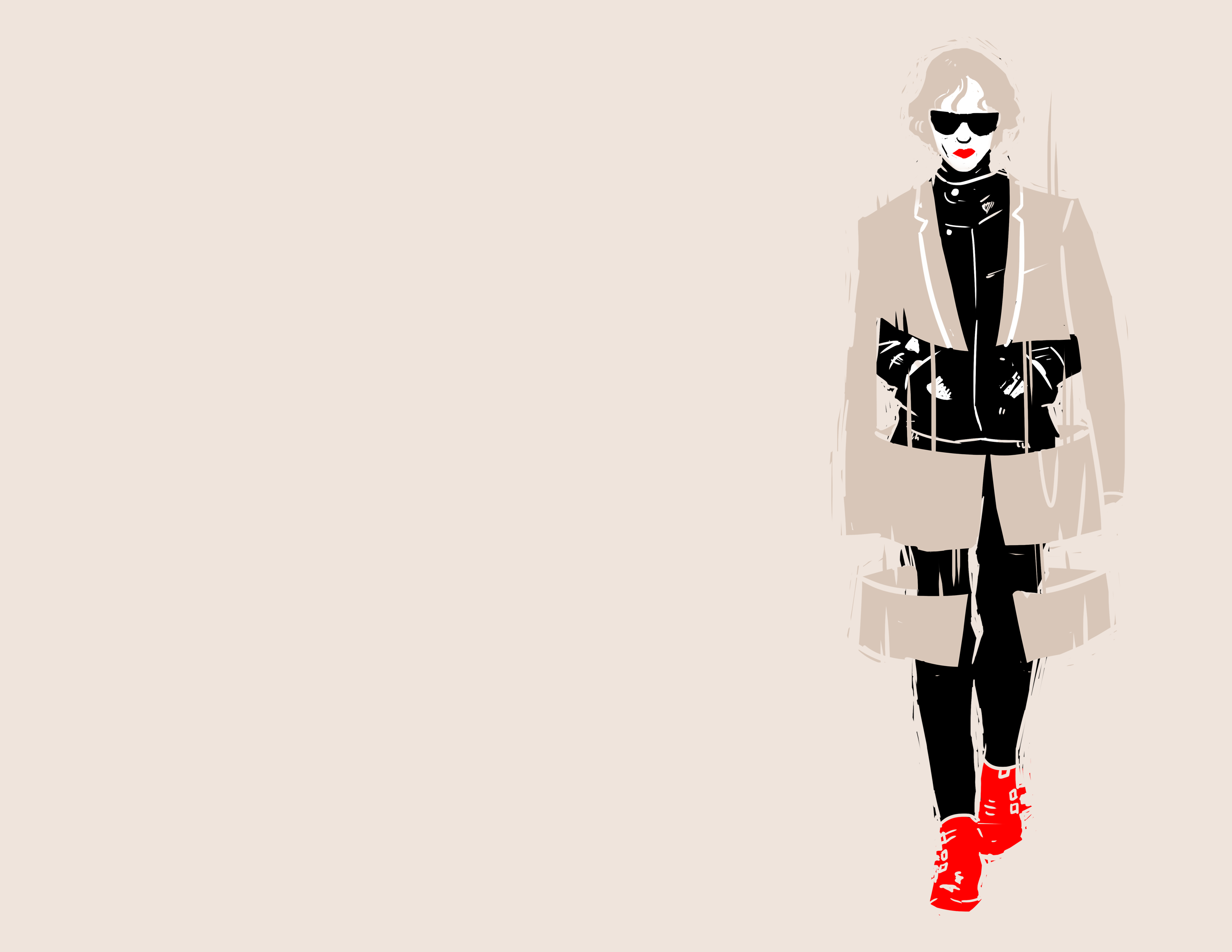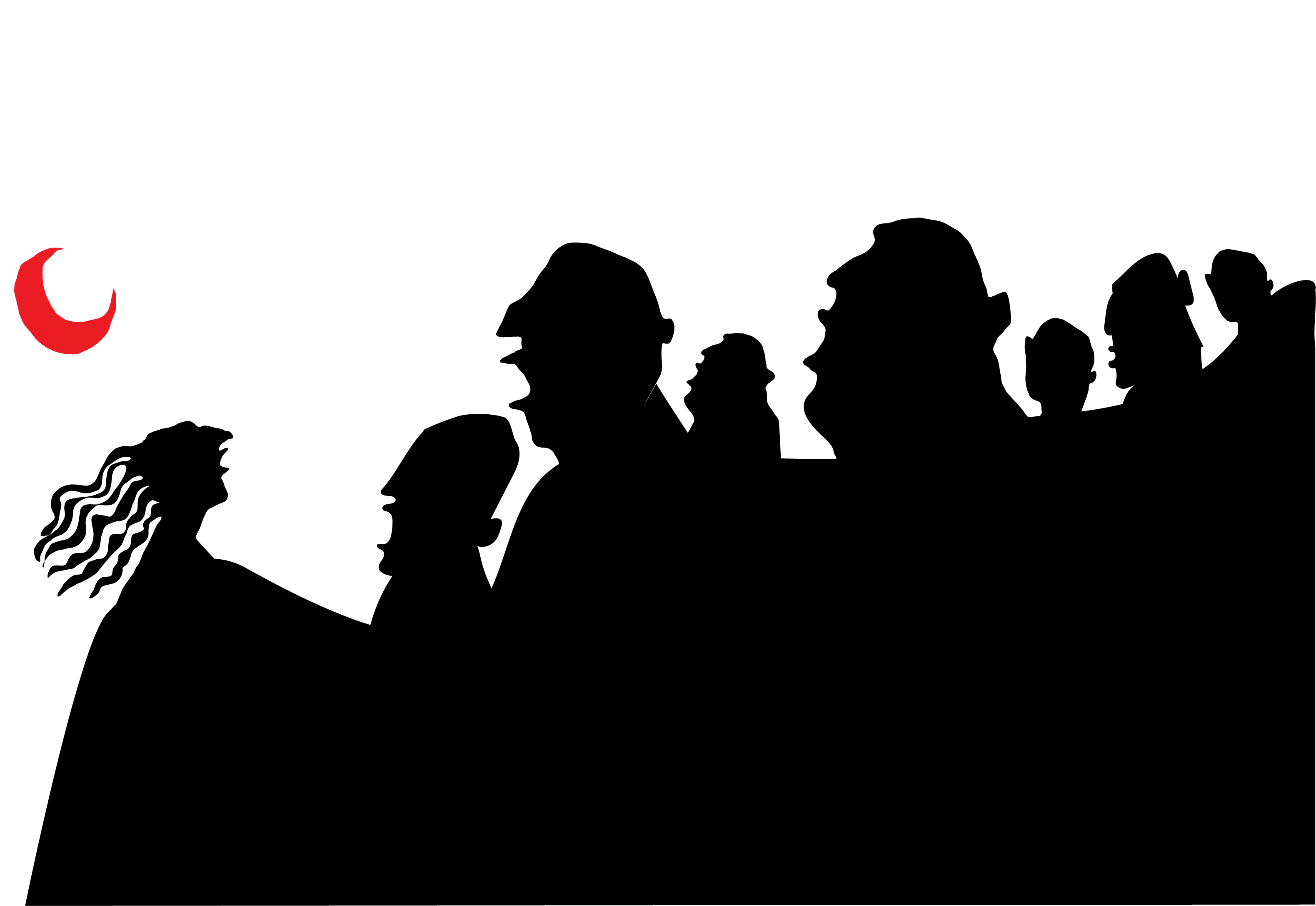
Art school students quickly find that, given the keys to the kingdom, it’s more natural to respond with anxiety than ecstasy. Because of everything art school should be, you end up spending a large amount of time thinking about what it isn’t. And what you aren’t. How can you know what’s right?
Asked about their anxieties, a handful of professors, undergraduate students, and graduate students at the School of the Art Institute of Chicago (SAIC) summarized their concerns.
Community
“I sometimes feel a certain culture shock,” said Luis López Levi (MA 2020, New Arts Journalism), who lived in Mexico before coming to SAIC. “I used to live in the U.S., I studied at an American school in Mexico, and I constantly consume American art, media, and entertainment. But I am not American. I don’t feel unwelcome, I just sometimes feel particularly detached.”
He was careful to stress, though, that it’s getting better all the time. “Fortunately, I’ve developed good friendships, and talking to my friends always makes me feel better.”
A similar kind of culture shock comes with entering an environment in which artistry is the norm.
“There’s a discomfort inherent to suddenly finding oneself surrounded by talented people with interests and goals similar to one’s own,” says Brianna Douglass (MFA 2020, Writing). “It’s a discomfort I had hoped would spur me forward, but I’m still learning how to gain from it, and not let it overwhelm me.”
Dove Rutter (BFA 2020, Performance Art), speaks to another type of negative experience, but manages to find some upside: “SAIC struggles when it comes to receiving performance art. I’ve encountered a lot of tricky conversations about gender identity and ability, as a very openly queer, non-binary person. I can’t tell you how many times I’ve been misgendered and had to grin and bear it.”
“But,” they say, “a lot of these negative experiences have provided me with source material.”
Real World
“I had a full-time reporter job back home,” said Luis López Levi. “It was a job I found fulfilling and welcoming, with excellent colleagues. I left that to further specialize in arts journalism. On optimistic days, I think about all the doors that could open for me. But this latent anxiety will occasionally whisper in my ear that I’ll never find another job as good.”
“I cannot afford to fail,” said Darshita Jain (MA 2020, New Arts Journalism), an Indian international student. “It leads to me working around the clock, reading as much as I can, taking whatever work I can find, attending every show, every talk, every event. It often leads to utter exhaustion. The fact that I need to rest causes anxiety to me. The hours I lose resting are hours I can do so much more with.”
“I constantly feel like I’m not doing enough to further my career,” says Megan Tepper (MFA 2020, Photography). “I feel like I’m taking the same photos as before, just paying $50,000 a year to do it. People say the real value of art school is networking, but should $100,000 be the price of a good network?”
Which leads us conveniently into everyone’s favorite topic:
Debt
Ideally, art doesn’t concern itself with money. Money, a device of pure practicality, is its perfect opposite. But as is often the case, these opposites attract, and become inseparable. Producing art depends on having money. So, students worry about where that money will come from.
“How I’m going to pay my bills and buy groceries is always a concern, as it is for many students here,” said Dove Rutter.
“Currently, my country’s currency value is dropping,” said Darshita Jain. “1USD = 73.69 Indian rupees, making my education that much more expensive as compared to other students’, and I do not get to work more than 20 hours. The numbers make me anxious.”
At this point, comparing higher education to a pyramid scheme is journalistic cliche. Art school gets especially singled out in this, as, unlike more professionally directed degrees, art school is about making good art before it’s about getting good jobs.
Professors lament this as much as, if not more than, their students.
“I worry about student debt, especially at an art school,” says Margaret Hawkins, Senior Lecturer in Art History, Theory and Criticism. “I worry about my students going into major debt to get a degree that might never pay them back. It concerns me a lot; it’s not fair.”
Sage Advice
When asked, Adjunct Assistant Professor of Writing Jill Riddell had the following advice:
“Present anxieties represent permanent anxieties. Fear and pain of rejection never go away, but resilience increases over time. You can’t avoid the pain, but you get much better at coming back from it.
I don’t believe art students tend to be more anxious than other types of people. Everybody’s anxious; anxious is normal — artists may even be better suited to face that anxiety, in that art is basically the practice of facing and examining the sources of human fear.
Priority #1: Stabilize the patient. You need income, a place to live, insurance, some good people around, phone service. Artistic satisfaction starts with a sustainable lifestyle.”
In summary
Attending art school is a privilege. Time and space to practice and improve, expert mentorship, and a network of similarly devoted colleagues are not available to most of the world’s artistically inclined population. Because of that, art students cannot help but wonder if they’re doing it right, if the ends justify expensive means. One eventually realizes the burden of justification rests squarely on their own shoulders — and that’s a heavy load indeed.
Extra
Plying one’s craft in the “real world” means learning how little other people care about it. That is, unless you make them care. Other people sweat over their work, family, and health, and don’t have extra energy to donate sympathy to you or your craft. Nor should they. Understanding this, you realize your actual task: make tired people care.
But then you get tired. You’ve also got to make a living, and before all those tired people care about your art, you must make money somehow else. So you take a job — seismological researcher (Jonathan Franzen), doctor (William Carlos Williams), waiter (everyone ever) — just to pay the bills. You figure you’ll still have four to five productive hours a day to make art happen. But, dammit, you get tired.







